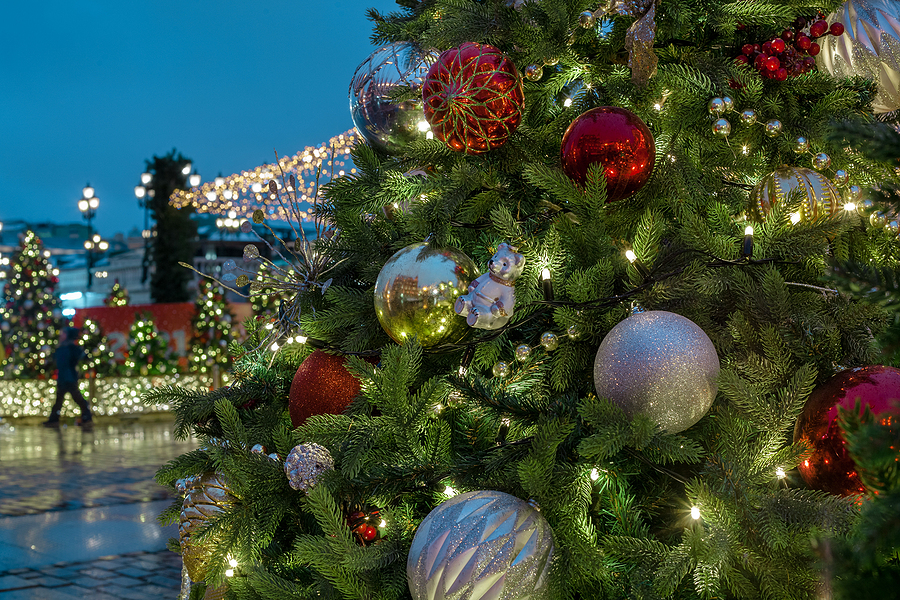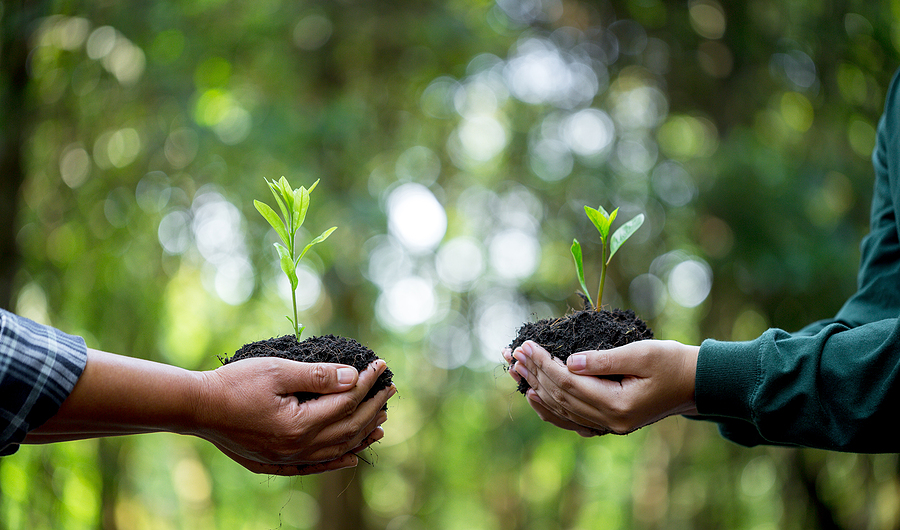In the ever-changing landscape of Indiana, there exists a steadfast resilience symbolized by the deep greens of our coniferous trees. These evergreens, with their year-round foliage, offer a striking contrast against the backdrop of the state’s deciduous forests that shift through the hues of the seasons.
This post will delve into the captivating world of these ‘forever green’ trees, exploring their key characteristics, adaptability, and profound role in Indiana’s forest ecology. Stay with us as we journey through the enduring resilience of Indiana’s coniferous trees, underlining why they truly are the state’s evergreen treasures.

The Coniferous Trees of Indiana
Conifers, also known as evergreens, are a diverse group of trees that belong to the Pinophyta division, including over 600 species. In Indiana’s forests, you will find several types of conifers, such as Eastern White Pine, Red Cedar, and American Arborvitae. These trees stand out for their needle-like or scale-like leaves that remain on the branches throughout the year, providing a constant source of greenery in otherwise bare winter landscapes. Their cones and seeds are also distinctive features, with some species bearing cones larger than a baseball.
Adaptability of Conifers
Conifers thrive in Indiana’s varying climatic conditions, having adapted to several niches within the state’s landscape. In the northern regions, conifers like Eastern Hemlock and White Spruce are commonly found, while southern Indiana boasts tree species such as Shortleaf Pine and Loblolly Pine. These evergreens have also evolved to withstand harsh winters, with their needle-like leaves reducing surface area for water loss and producing a wax coating to prevent freezing. Additionally, conifers have deep root systems that help them absorb nutrients and withstand strong winds, making them well-suited for Indiana’s sometimes turbulent weather.
The Importance of Coniferous Trees
Not only do conifers add to the aesthetic beauty of Indiana’s forests, but they also play a crucial role in maintaining the ecological balance. These trees provide shelter and food for a wide variety of wildlife, such as birds, squirrels, and deer. They also prevent soil erosion and maintain water quality by stabilizing the soil with their deep roots. Furthermore, conifers are valuable sources of timber for the state’s forestry industry, contributing to Indiana’s economy.
The ability of conifers to adapt to changing environmental conditions is a testament to their resilience. While other trees may lose their leaves or undergo significant changes during the winter, conifers continue to thrive and provide essential ecological services. In Indiana’s unpredictable climate, these evergreens offer a sense of stability and steadfastness, reminding us of the beauty and strength found in nature.
Tree Care Tips for Conifers
If you have coniferous trees in your yard, there are a few simple steps you can take to ensure their health and longevity. First, avoid compacting the soil around the base of the tree, as this can harm its root system. It is also crucial to provide adequate water for younger conifers during dry spells to help them establish strong roots. Additionally, pruning should be done during the tree’s dormant season to avoid damaging its new growth. By taking care of these beautiful trees, we can continue to enjoy their resilience and beauty for years to come.
Wrapping Up
Coniferous trees are an integral part of Indiana’s forest ecosystem, offering year-round greenery and contributing to the state’s economy. Their resilience in adapting to various environmental conditions makes them a symbol of Indiana’s enduring spirit. As we continue to witness the ever-changing landscape of our state, let us take comfort in the constant presence of these ‘forever green’ trees, reminding us that with resilience and adaptation, anything is possible. So, let’s cherish and preserve these evergreen treasures for generations to come.
Would you like some professional assistance with your evergreen trees? Contact Complete Tree Care at 317-783-2518 for affordable tree services in Indianapolis, Indiana and its surrounding counties. We provide residential and commercial tree services, as well as certified arborist services.
Related Posts:
Deciduous vs Coniferous: Understanding the Difference
Should I Spray Anti-Desiccants on My Evergreen Trees?
Recommended Evergreen Trees That Grow Fast

